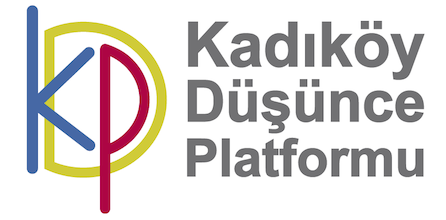The Ottoman History and History’s Paradigmatic Principles -xııı- (*)
I think that omitting a discussion
of what is to be included in viewing the general history in different angles
in the essays related to the general history that I will address in
this series would create a deficiency with respect to understanding its historical holism. Accordingly, I want to
examine in the present essay of the series by mentioning briefly what is
included in the window that is seen when the history is viewed from different angles.
What is meant by different
angles here is the time / space dimension contained by the historical narrative that is discussed. Naturally, the shorter and smaller
is the time /
space dimension, namely, the chronological distance and cosmic scope; so little and small would be the phenomena, events, and entities in the
content of the narrative. In other words, when the narrative is
addressed within a short time and in
a small space, the field of local history will inevitably be entered into. However, if
we make a definition such as the longest
time and the biggest space, this
inevitably means that we should consider the whole universal time and universal
space.
The historical narrative included in this definition is considered nowadays in the world
literature as the "Big History,". As this
type of history has been designated in English with the term “Big
History,” the same words
are also used for the equivalent in Turkish of the concept. In fact, let me say for those interested in
the subject that Cynthia
Stokes Brown’s book,
published in English originally, has accordingly been translated into Turkish under the name of Buyuk Tarih (**). The
book provides the historical
narrative with a cosmic-holistic dimension by integrating
historical knowledge
with the exact scientific knowledge, representing this new form of understanding.
Thus, I would like to state by the way that the transition has been made to
a holistic history approach.
When viewed in general, as the subjects have been discussed in the big
history in the broadest nature within the scope of time and space, the narrative needs to be started with the
“Big Bang” that was the
beginning of the universe 13,8 billion years ago and maintained up to the predictions
about the future of humanity. In this context, while the
Big Bang and the
first galaxies and stars that emerged 300 million years
after it are told as the first stage
collected under the title of cosmic stage, the developments in
the geological history of
the Earth
that began 4.5 billion
years ago are discussed as the narrative of the second stage. While abiogenesis and biological
evolution are told in the third stage under the title of vitality stage, the world of mankind is covered by the empirical
historical narrative in the last stage in
a manner to include its future as well.
Let me
remind at this point that the authors that have written books by discussing the
subject of Big History may have had treatments that differ more or less in these segmentations.
However, I think I should emphasize in particular that the differences covered in the contents of the curriculum covered in
the segments are also markedly much more in terms of quantity and quality.
I will continue to work on the subject of Big History
in the next essay.
Mustafa Özcan (28.12.2015)
Mustafa Özcan (28.12.2015)
_______________
(*) To be continued
(**) Cynthia Stokes Brown, Büyük
Tarih, Aylak Kitap, 2014,
